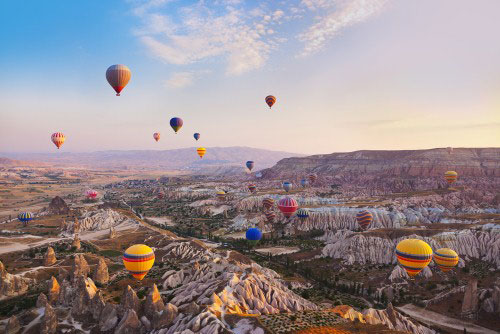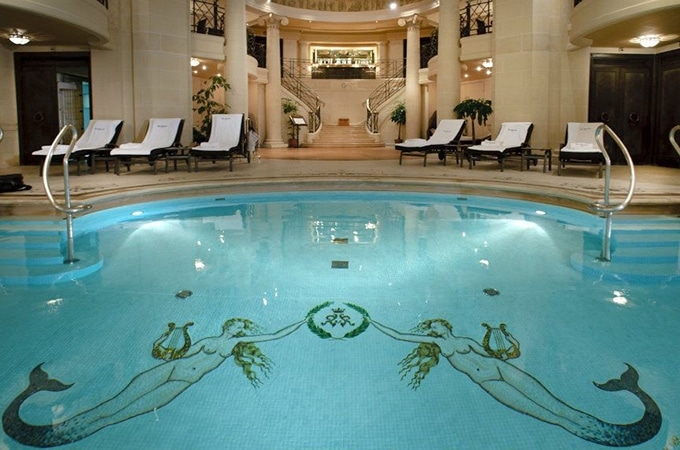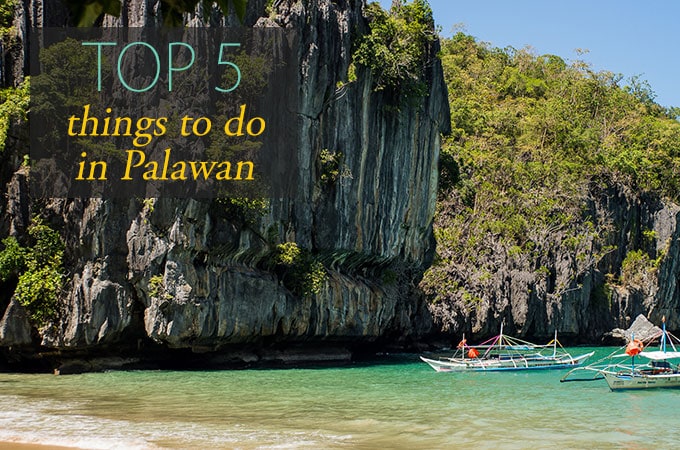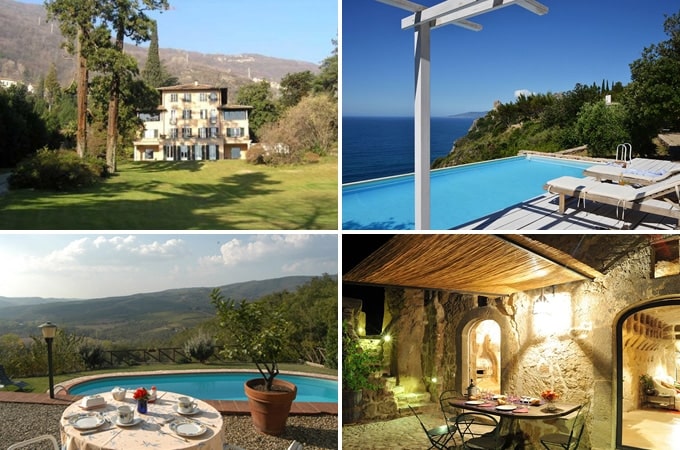Japan is a country that’s exceptionally rich in culture, history and natural beauty. It is also home to many famous landmarks. From the towering heights of Tokyo’s Skytree to the serene beauty of Kyoto’s Arashiyama Bamboo Grove, Japan’s landmarks offer a unique blend of antiquity and modernity.
But with so many iconic landmarks to tick off the Japan travel bucket list, where should you start? In this guide, we will journey through some of the country’s most famous landmarks and sites – places that encapsulate the country’s architectural marvels, natural wonders, and historical heritage and that you definitely need to add to your Japan travel itinerary.
1/ Nature’s phenomenon: The Iconic Mount Fuji
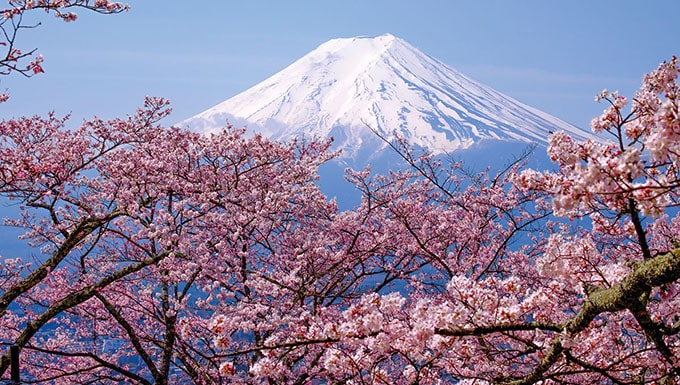
Mount Fuji, standing at a towering 3,776 meters, is the tallest mountain in Japan and a symbol of the country itself. Located near Tokyo, this active stratovolcano is renowned for its perfectly symmetrical cone, often adorned with a snow-capped peak. Revered as a sacred site, it has inspired poets, artists, and pilgrims for centuries.
The natural beauty of Mount Fuji is so mesmerising that it has been designated as a UNESCO World Heritage Site. The breathtaking landscapes around the mountain offer varied experiences throughout the year, from cherry blossoms in spring to fiery autumn leaves. The mountain’s peak is covered with snow for several months, offering a stunning contrast against the clear blue sky.
Mount Fuji’s Cultural Significance
Mount Fuji is deeply rooted in the country’s spiritual fabric, one of Japan’s three holy mountains. According to Shinto beliefs, the mountain is home to the goddess Sengen-Sama, the deity of nature. Pilgrimages to the summit have been a long-standing tradition and it is believed that a successful climb can bring spiritual enlightenment.
Adventure Awaits: Climbing Mount Fuji
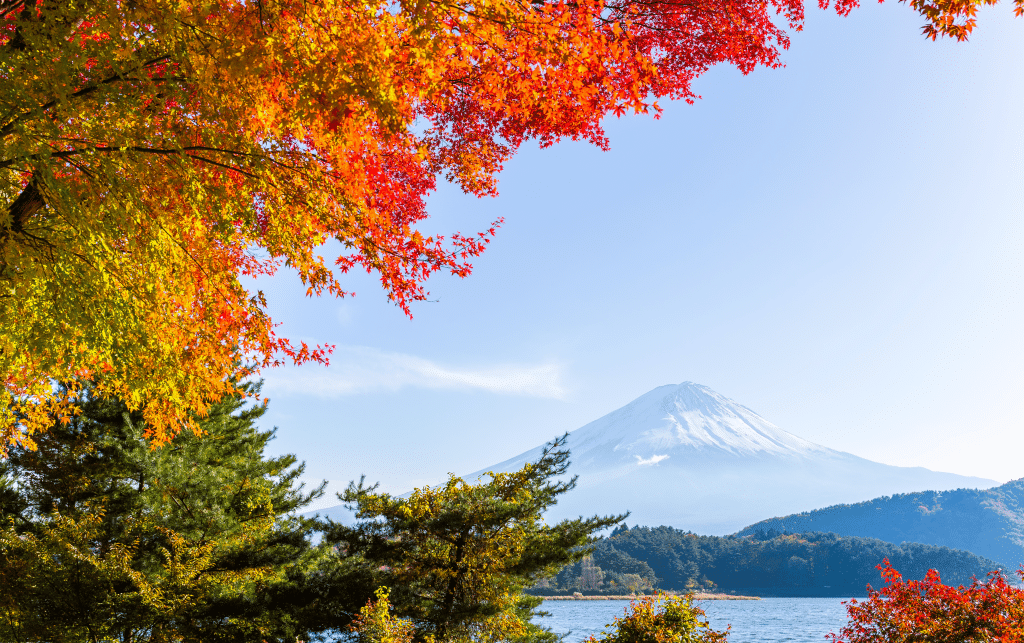
For adventurous couples, climbing Mount Fuji is an unforgettable experience. The official climbing season is from early July to early September. The mountain huts are operational during this period, and the weather conditions are relatively mild. The ascent can take 5-10 hours, but the panoramic view from the top is worth every step.
2/ Tokyo’s Sky-High Landmarks: Tokyo Tower and Tokyo Skytree
Tokyo, the ultra-modern capital city of Japan, boasts some of the world’s tallest structures. Tokyo Tower and Tokyo Skytree are two such architectural marvels that offer stunning vistas of the sprawling cityscape.
Tokyo Tower: Japan’s First Tall Tale
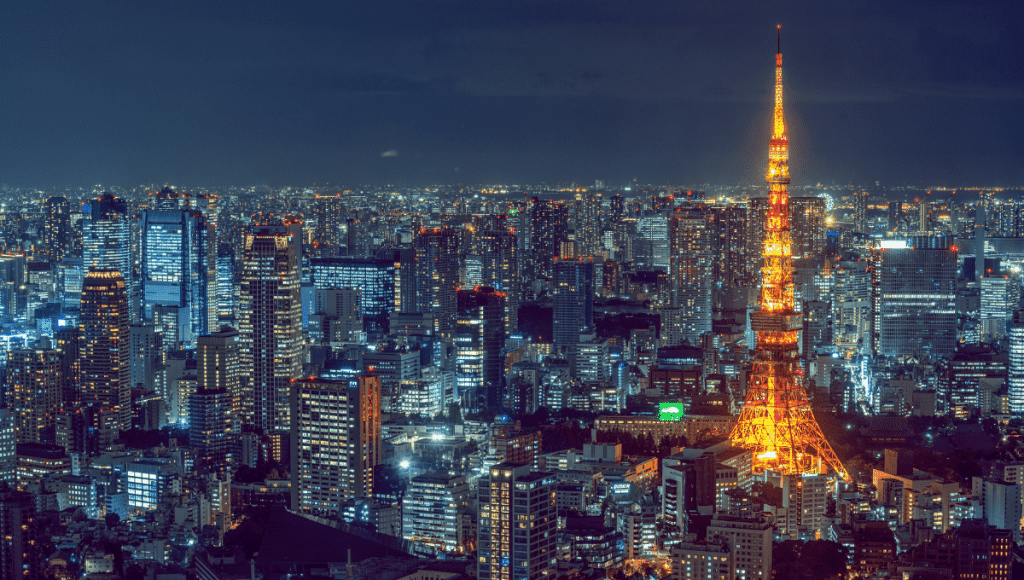
With its red and white lattice design, Tokyo Tower stands at a height of 333 meters, making it an iconic feature of Japan’s urban landscape. The tower features two observation decks offering breathtaking 360-degree views of Tokyo. Visitors can also explore the tower’s history at the FootTown building at its base, which houses a museum and several shops.
Related: A Tokyo Travel Guide for Couples
Tokyo Skytree: The Sky’s the Limit
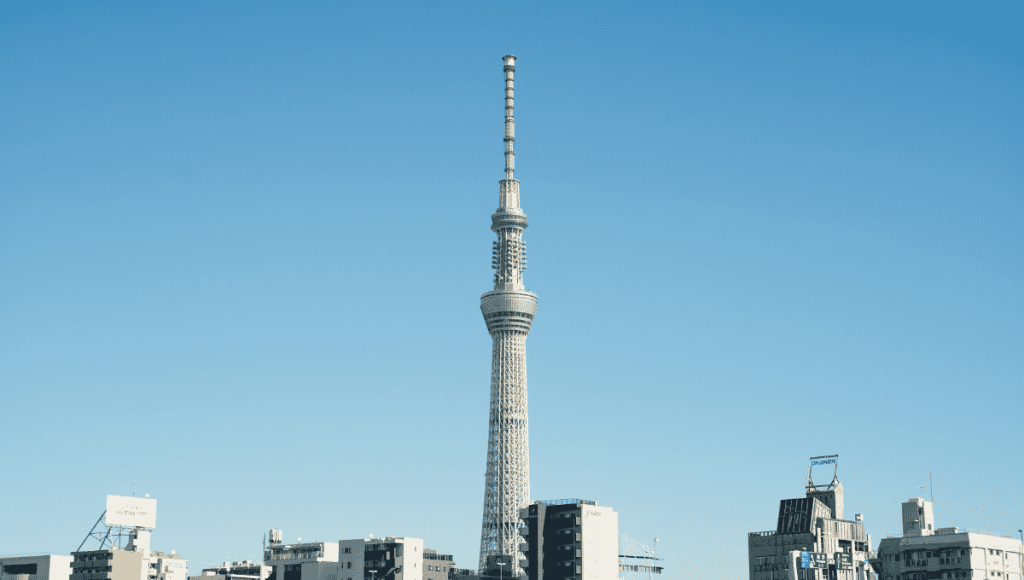
Tokyo Skytree, soaring at a staggering height of 634 meters, is the tallest tower in the world. This architectural marvel boasts two observation decks that provide awe-inspiring views of Tokyo and, on clear days, Mount Fuji. The tower also houses a planetarium, an aquarium, and numerous shops and restaurants.
3/ Kyoto’s Time-Honoured Temples: Kinkaku-ji and Fushimi Inari Taisha
Kyoto, the ancient capital of Japan, is a city steeped in tradition and history. It is home to numerous temples that reflect Japan’s unique architectural style and spiritual heritage. Kinkaku-ji and Fushimi Inari Taisha stand out due to their distinct features and cultural significance.
Related: A romantic walk around some of Kyoto’s most serene and beautiful shrines and temples.
Kinkaku-ji: The Golden Pavilion
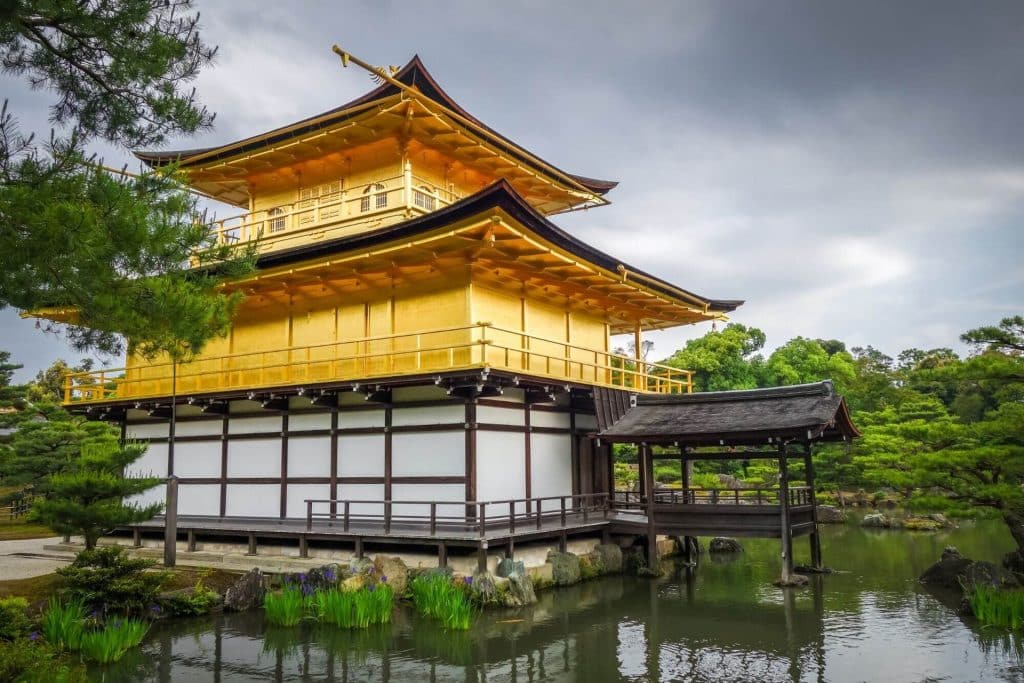
Kinkaku-ji, also known as the Golden Pavilion, is a Zen Buddhist temple famous for its stunning gold-leaf-covered exterior and is considered the most famous temple in Japan. The temple overlooks a serene pond and is surrounded by meticulously manicured gardens, making it a truly picturesque site. This UNESCO Heritage Site is located in northwestern Kyoto and is easily accessible with just a 40-minute bus ride from Kyoto station. It has a long and turbulent history dating back to 1397 and, as such, has been rebuilt numerous times, most recently in 1955.
“The Golden Pavilion” is the nickname given to Kinkaku-ji because its top two stories are covered in gold leaf. The shining surface reflects into the Mirror Pond, also known as Kyoko-chi. The temple grounds are wooded and provide a lovely place for strolling and meditation, located at the foot of Kinugasa Hill.
Fushimi Inari Taisha: A Pathway to the Divine
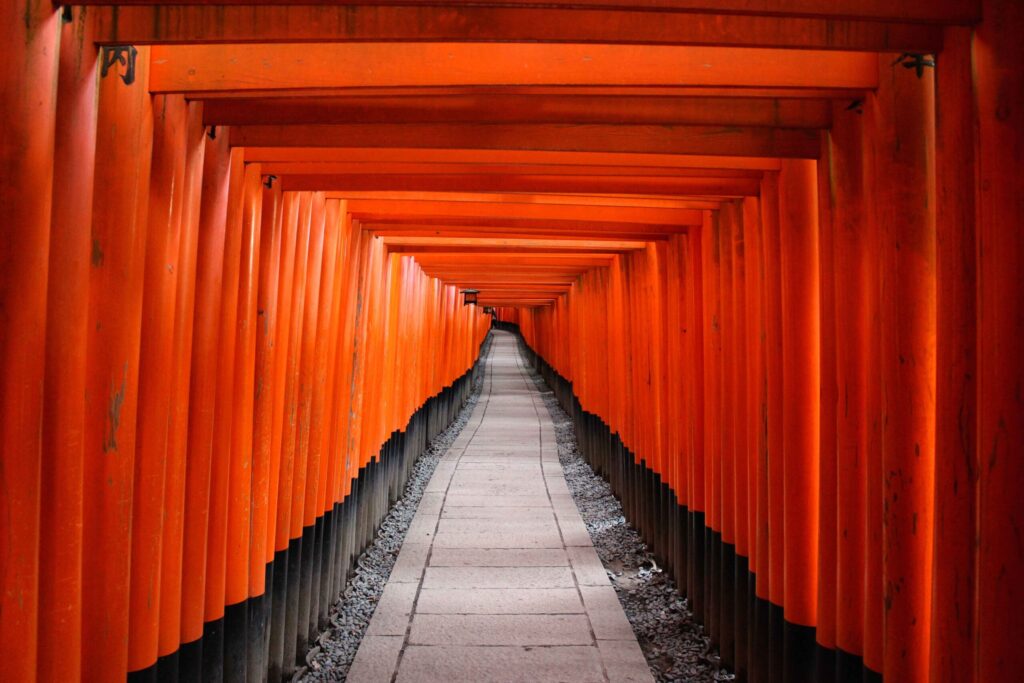
Fushimi Inari Taisha is a Shinto shrine honouring Inari, the God of Rice. The shrine is renowned for its Vermilion Torii gates, which form a path leading up to Inari Mountain. These gates signify the boundary between the physical and spiritual worlds, creating a mesmerising spectacle for visitors.
The shrine is home to over 5000 vibrant orange torii gates that stretch for miles amidst the hills behind Fushimi Inari-taisha Shrine, making it one of the most famous shrines in Japan. The upper precincts offer a pleasant day hike, although visitors are free to walk just as far as they wish before turning back.
4/ Osaka Castle: A Historic Stronghold
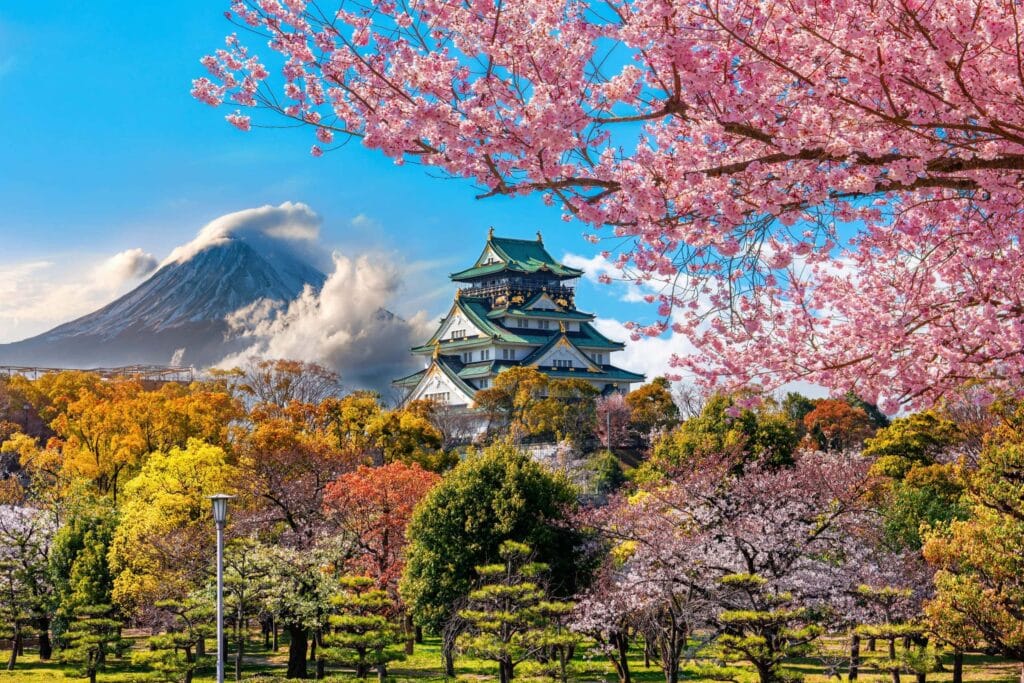
Osaka Castle is one of Japan’s most famous landmarks and represents the country’s feudal past, playing an important role in the unification of Japan during the samurai era of the sixteenth century.
Osaka Castle was built in 15863 by Toyotomi Hideyoshi, a samurai warlord who wanted to showcase his power and authority after successfully unifying Japan. The castle was destroyed several times, including during World War II air raids. The current castle is a concrete reconstruction that was completed in 1995.
The castle park has well-maintained gardens and cherry blossom trees, providing a peaceful escape in the heart of the lively city, and is visible from most panoramic viewpoints throughout Osaka city.
5/ Hiroshima Peace Memorial Park: A Beacon of Hope

The Hiroshima Peace Memorial Park is a sombre reminder of the horrors of war and a symbol of hope for world peace. The park is home to the Hiroshima Peace Memorial Museum, which offers a poignant view into the atomic bombing of Hiroshima in 1945. The bomb’s impact is explored through original photographs, realistic models, artists’ interpretations, recovered artifacts, and descriptive explanations. The park also houses various memorials, including the iconic A-Bomb Dome.
Hiroshima’s Peace Memorial Park (Heiwa Kinen Kōen) is one of Hiroshima City’s most notable features, covering an area of over 120,000 square meters. Its trees, lawns, and walking paths starkly contrast the surrounding downtown area, and visitors are likely to come across it even if they were not specifically looking for it.
6/ Universal Studios Japan: A World of Fantasy
Universal Studios Japan, or USJ as it is often called, is one of the four Universal Studios theme parks globally. It was founded in Osaka, Japan’s third-largest city, in 2001 and has since become the fifth most-visited theme park in the world.
USJ is a fantastic place in the heart of Japan that offers visitors the chance to experience Hollywood’s magic. Every year, millions of people come to enjoy the exhilarating rides, immersive experiences, and top-notch entertainment, from the enchanting Wizarding World of Harry Potter to the cute Minion Park.
7/ Tokyo Disneyland: A Magical Kingdom
Tokyo Disneyland is a magical kingdom that brings beloved Disney characters to life and offers exhilarating rides to visitors of all ages. It was opened in 1983 as the first Disney theme park outside of the United States. The park is designed after Disneyland in California and the Magic Kingdom in Florida, featuring six themed lands, each with its unique attractions, seasonal decorations and parades, ensuring it is an exciting destination all year round.
8/ Arashiyama Bamboo Grove: A Natural Marvel
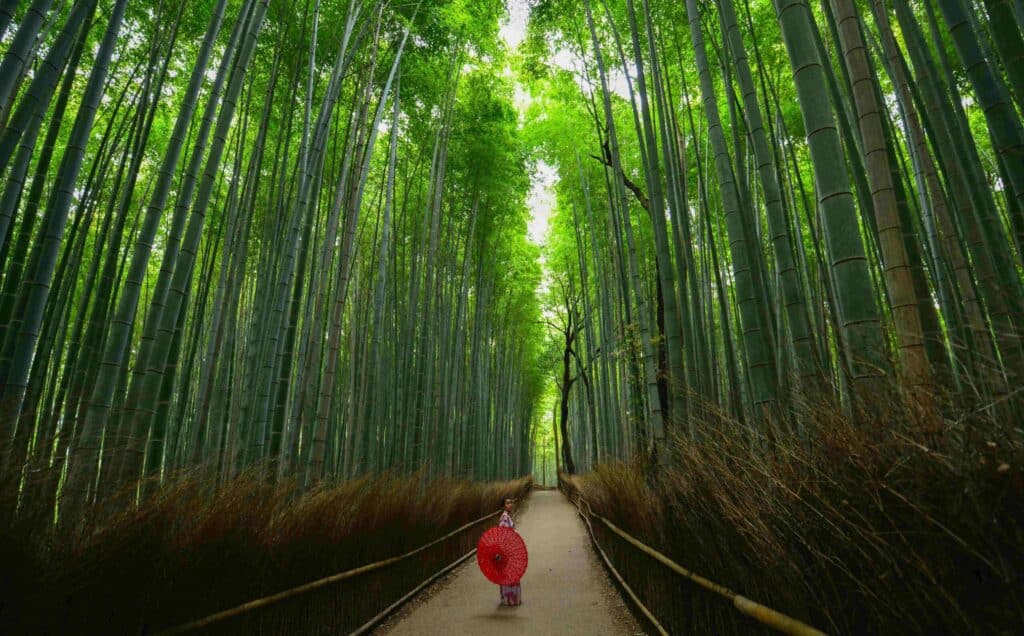
The Arashiyama Bamboo Grove is a popular tourist destination in Japan and one of the most photographed sights in the country. It is situated on the outskirts of Kyoto and is an absolute must-see. The towering bamboo stalks create a dense canopy that forms a tranquil and enchanting atmosphere, making it a sight to behold. Although many pictures of the grove exist, none can truly capture the feeling of standing amid the sprawling bamboo grove. The whole place has a palpable sense of otherness that is unique and unlike any typical forest. It’s open 24/7 and admission is free.
Related: Explore beyond Kyoto City and discover the hidden gems of Kyoto Prefecture with this travel guide.
9/ Shibuya Crossing: The Pulse of Tokyo
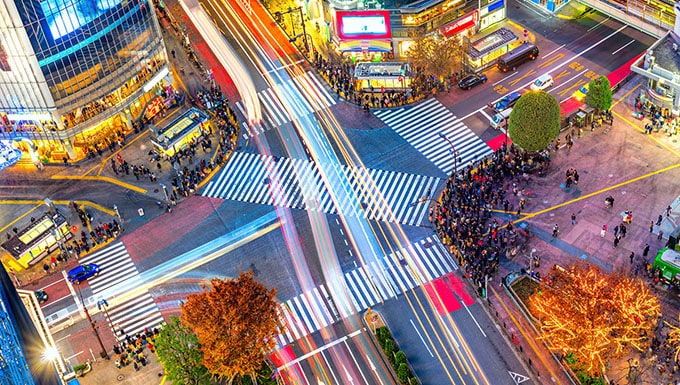
Often referred to as the world’s busiest pedestrian crossing, Shibuya Crossing symbolises the fast-paced life of modern Tokyo. Seeing thousands of people crossing the intersection from all directions against the backdrop of neon billboards is an iconic image of urban Japan.
10/ Jigokudani Monkey Park: A Unique Wildlife Experience
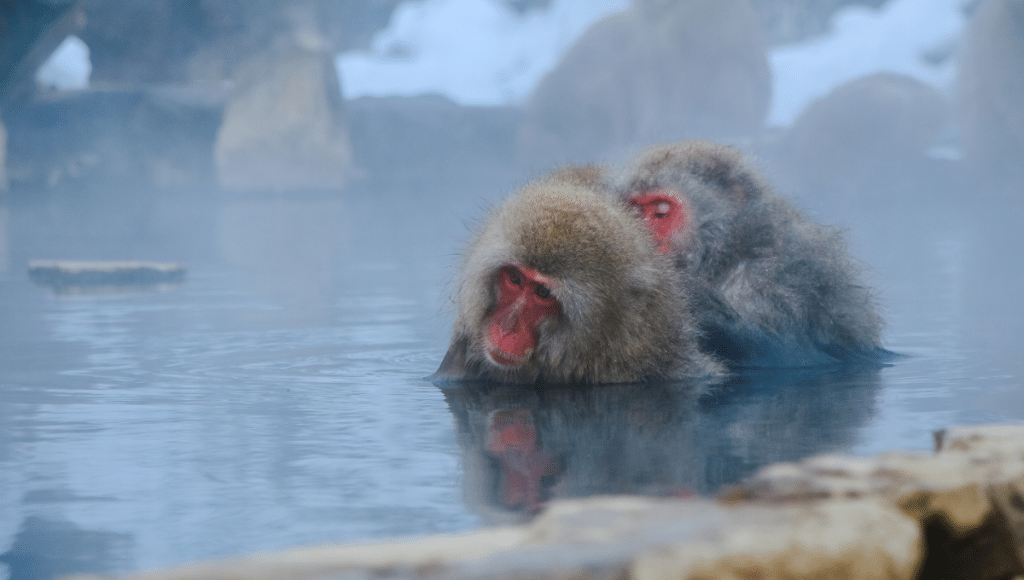
The Jigokudani Monkey Park, located in Yamanouchi, Nagano Prefecture, Japan, is a spectacular natural wonder. The name Jigokudani means “Hell’s Valley” and it refers to the steam and boiling water that escapes from small crevices in the frozen ground. This is the only place in the world where you can observe wild monkeys taking a dip in hot spring baths.
The park is located in the valley of the Yokoyu-River, in the northern part of the prefecture. It is part of the Joshinetsu Kogen National Park, known as Shigakogen by locals. Walk along a trail for about 20 minutes to reach the monkey park.
Seeing these red-faced monkeys enjoying a warm soak amidst a snowy landscape is a heartwarming spectacle. The trip to the Jigokudani Monkey Park is well worth it for this unforgettable experience.
11/ Himeji Castle: A Feudal Masterpiece
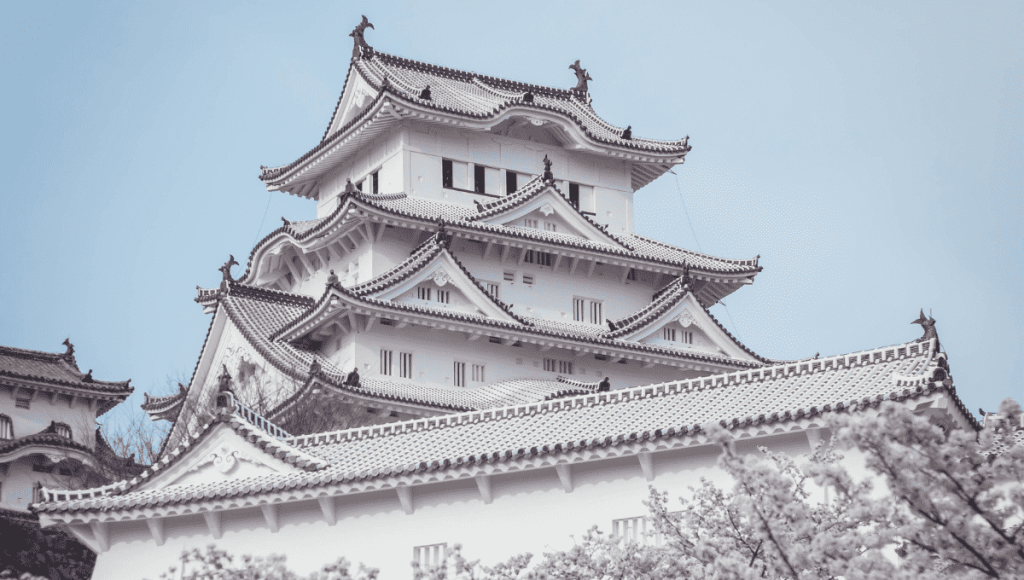
Himeji Castle, also known as the “White Heron Castle,” is an exceptional example of Japanese castle architecture in Himeji, a city in the Hyōgo Prefecture of Japan. This UNESCO World Heritage Site is a must-visit for history and architecture enthusiasts due to its elegant white exterior and intricate design. In 1931, the Japanese government declared the site a national treasure.
Originally built in 1346 as a fortress to defend against local shoguns, the complex above the Inland Sea comprises 83 buildings with specialised defence and protection systems. However, Himeji Castle was never used in battle but instead repurposed as a residential castle. It is remarkably preserved compared to other castles, having been spared from damage during WWII and many other disasters.
12/ Itsukushima Shrine: A Floating Wonder
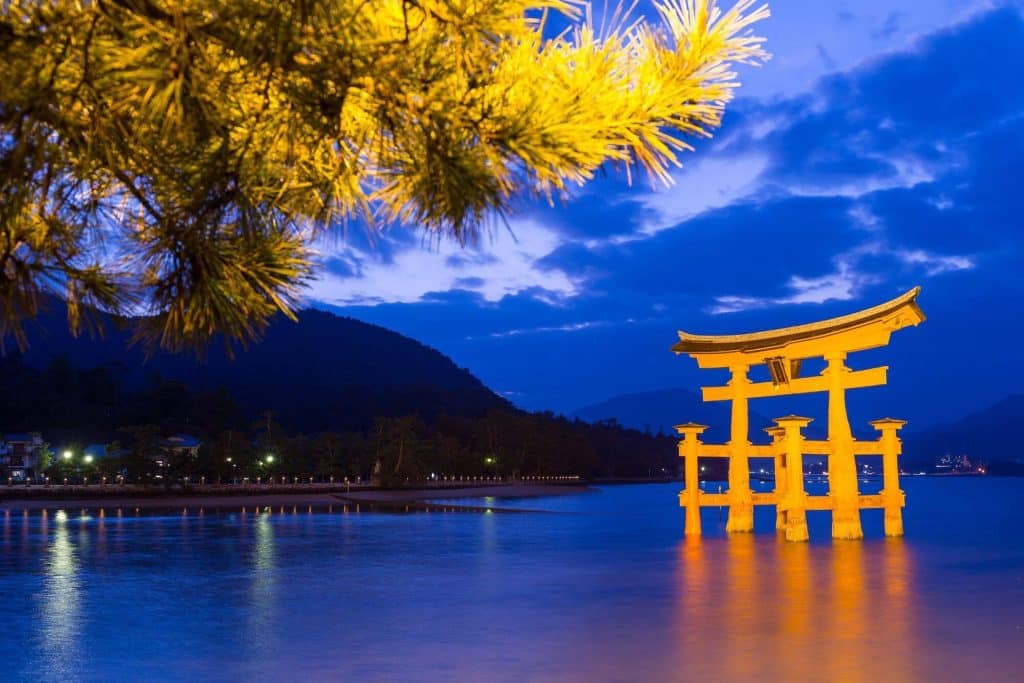
The Itsukushima Shrine is located on the shores of Miyajima, an island in the Seto Inland Sea and not far from Hiroshima city. The shrine, situated on Itsukushima island, is famous for its floating torii gate.
When the tide is high, the gate appears to be floating on the sea, presenting a breathtaking view that symbolises the harmonious bond between Japan and nature. Although the name Itsukushima means “island of worship,” the place is more famously known as “the floating shrine” because of this.
13/ Matsumoto Castle: A National Treasure of Japan
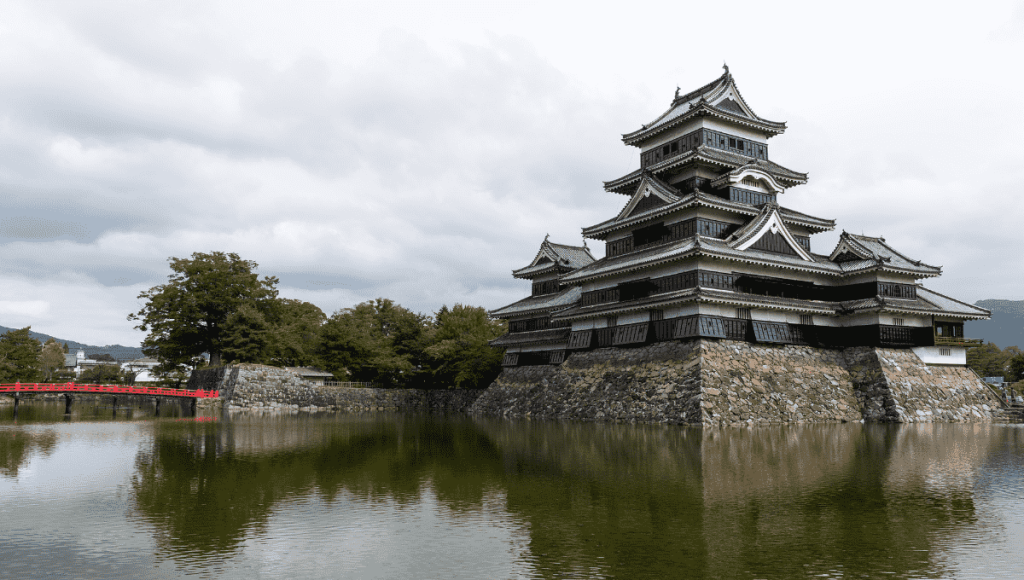
The historical legacy of Matsumoto Castle is a gripping narrative of power, resilience, and architectural evolution that began in 1504. The castle’s foundation was laid by the Ogasawara clan, who sought to establish a formidable fort to deter the advances of potential invaders.
However, the castle’s initial purpose was short-lived as it was soon seized by Takeda Shingen, a renowned warlord of his time. Throughout its history, the castle changed ownership many times, resulting in a fascinating transformation of its architectural design. What once was a typical fort, eventually became an impressive three-towered edifice, with dark walls and roofs that gave it a distinct character, setting it apart from other structures of its time. Because of its striking appearance, it gained the nickname “Crow Castle”.
Around 1872, the existence of this historical monument was threatened. The onslaught of modernisation brought with it plans to construct new buildings and housing complexes. However, the people of Matsumoto came together to support their beloved landmark and started a movement to protect it from being destroyed. Today, Matsumoto Castle is considered a national treasure of Japan and one of the few remaining examples of a daimyo castle.
As you can see, Japan’s iconic landmarks offer a rich tapestry of experiences that span from the awe-inspiring beauty of Mount Fuji to the poignant history of the Hiroshima Peace Memorial Park. Each famous landmark holds a unique story, offering a glimpse into the country’s past, present and future.
Whether you’re drawn to the tranquillity of a bamboo grove, the thrill of a roller coaster ride, or the solemnity of a war memorial, Japan’s landmarks promise an unforgettable journey of discovery, luxury, and adventure.
Related: Unique Things to See & Do in Japan
